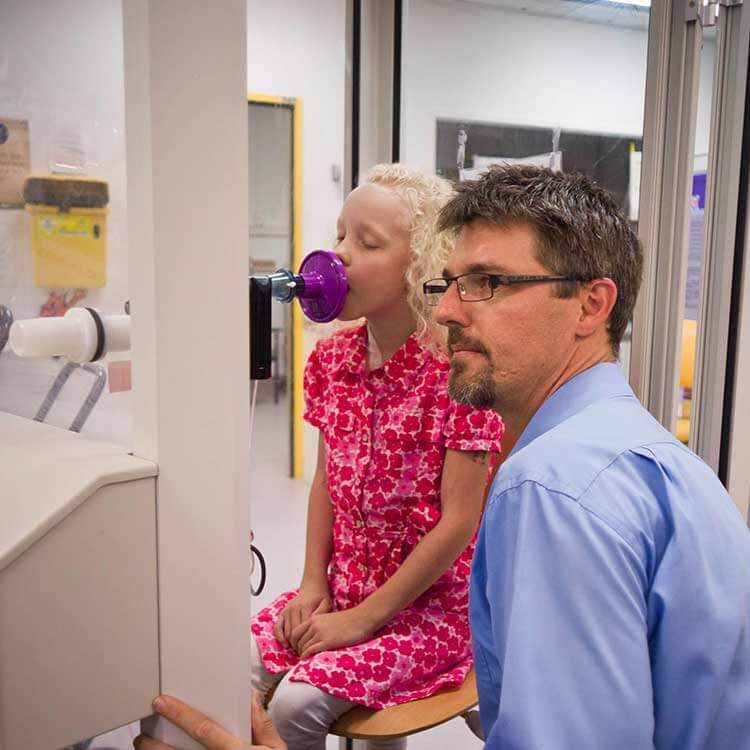Search
Research
Key paediatric messages from the 2016 european respiratory society international congressIn this article, the Group Chairs of the Paediatric Assembly of the European Respiratory Society (ERS) highlight some of the most interesting abstracts presented at the 2016 ERS International Congress, which was held in London.
Research
Deep or awake removal of laryngeal mask airway in children at risk of respiratory adverse events undergoing tonsillectomy - a randomised controlled trialWe found no evidence for a difference in the timing of the laryngeal mask airways removal on the incidence of respiratory adverse events
Research
High success rate of lung function testing in healthy, unsedated 1- and 2-year-old South African childrenLung function measures in a health, unsedated 1- and 2-year-old children in a South African birth cohort study
Research
Novel drug targets for asthma and COPD: Lessons learned from in vitro and in vivo modelsThis paper is a review of potential novel therapeutic targets or tools for the treatment of asthma and COPD.
Research
Early respiratory viral infections in infants with cystic fibrosisEarly viral infections were associated with greater neutrophilic inflammation and bacterial pathogens
Research
Using lung function measurements to greater advantage in patients with lung disease: Which test and when?This paper is an introduction to a series of articles about improved measurement of lung function in patients with chronic lung disease.
Research
Treatment for Childhood and Adolescent Dissociation: A Systematic ReviewDissociative symptoms are linked to experiences of trauma, often originating in childhood and adolescence. Dissociative disorders are associated with a high burden of illness and a poor quality of life. Despite evidence suggesting that early intervention can improve outcomes, little research exists on the treatment of dissociative disorders in childhood and adolescence.

News & Events
Lung problems continue into childhood for premmie babiesNew research from Perth’s The Kids Research Institute Australia shows that babies born premature continue to have lung problems well into childhood.
Research
The safety and feasibility of the inhaled mannitol challenge test in young childrenMannitol challenge tests are used clinically to diagnose asthma and, in particular, exercise-induced broncoconstriction (EIB) in adults and children above 6...
Research
Emerging Early Life Environmental Exposures and Lung DevelopmentIn this review article we systematically summarize the evidence for an impact on lung development of 1) maternal ingestion of arsenic contaminated drinking...
